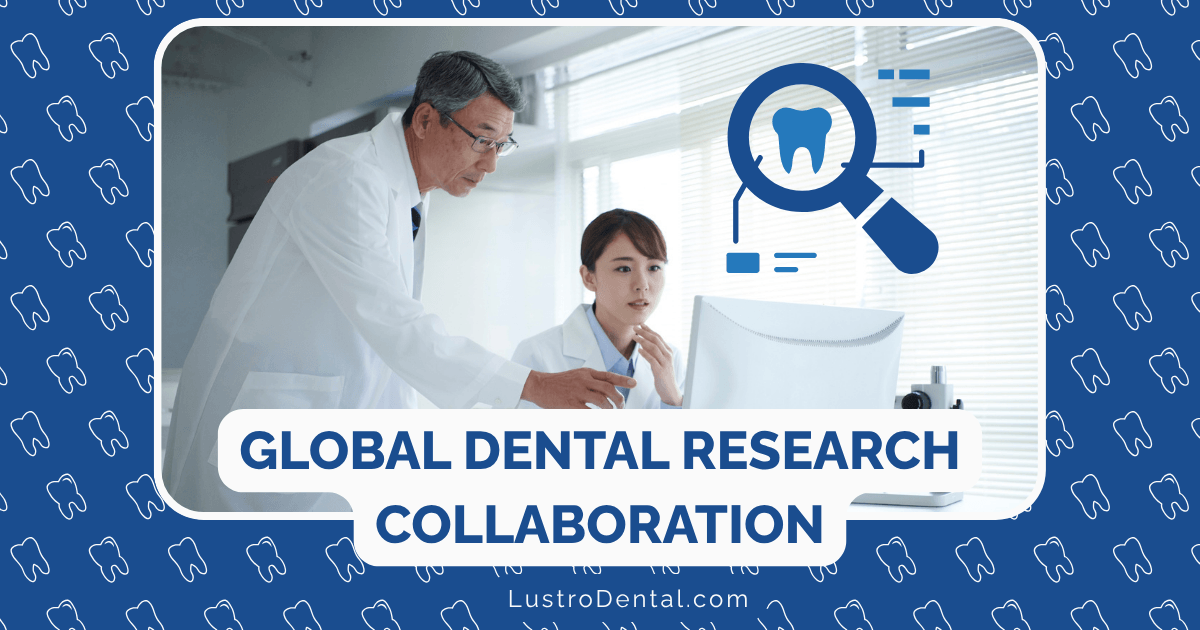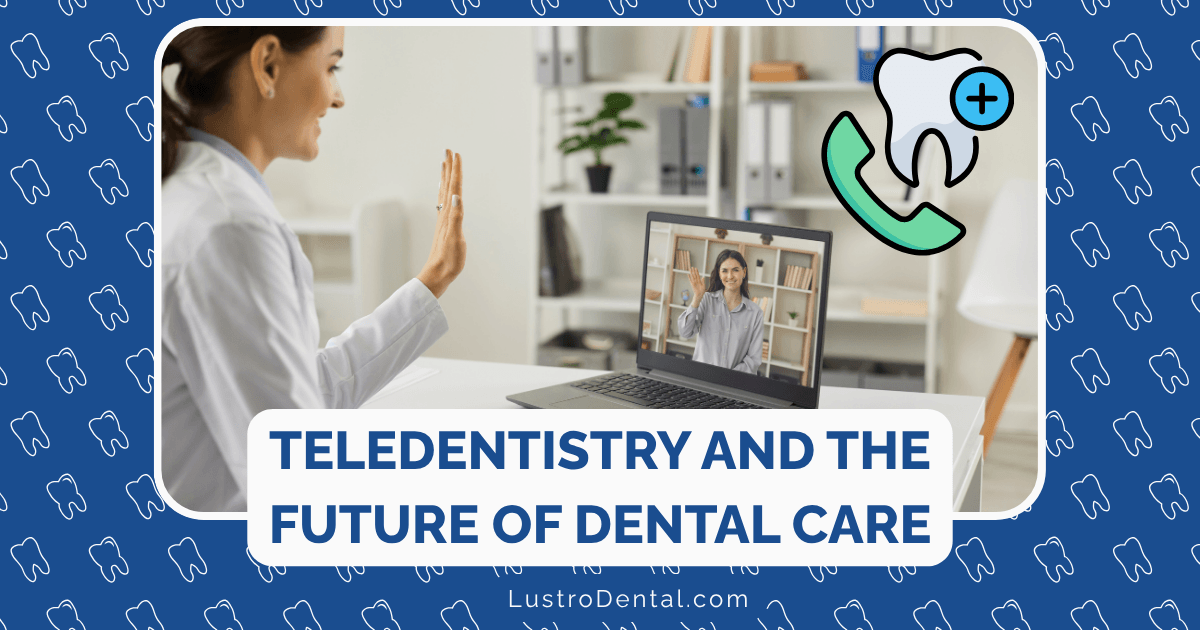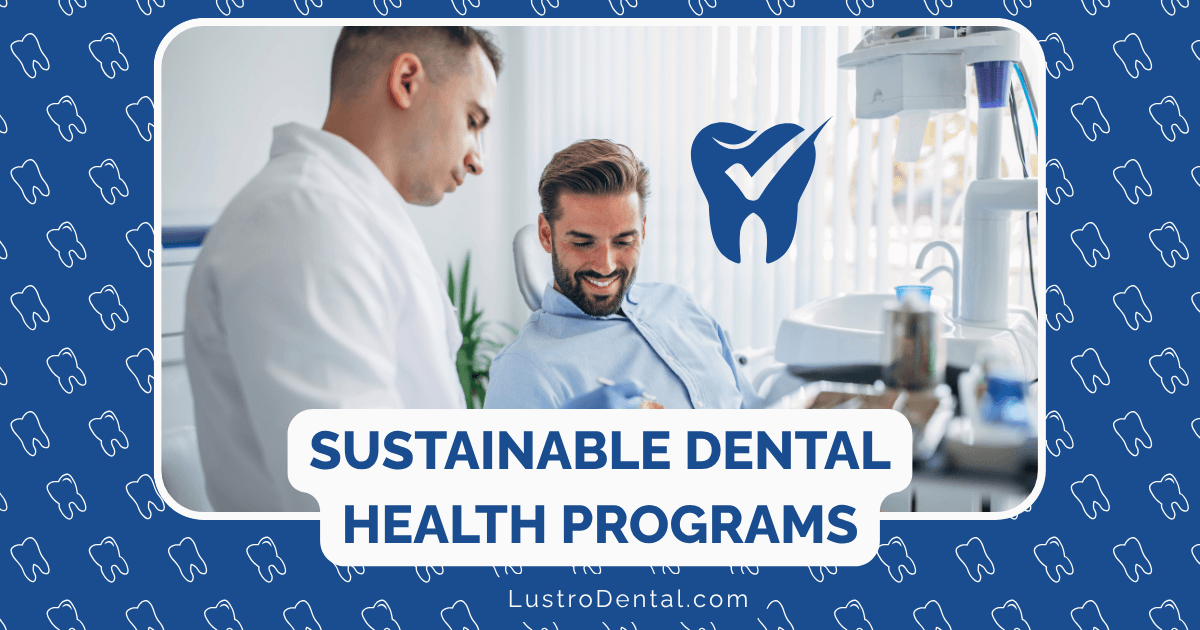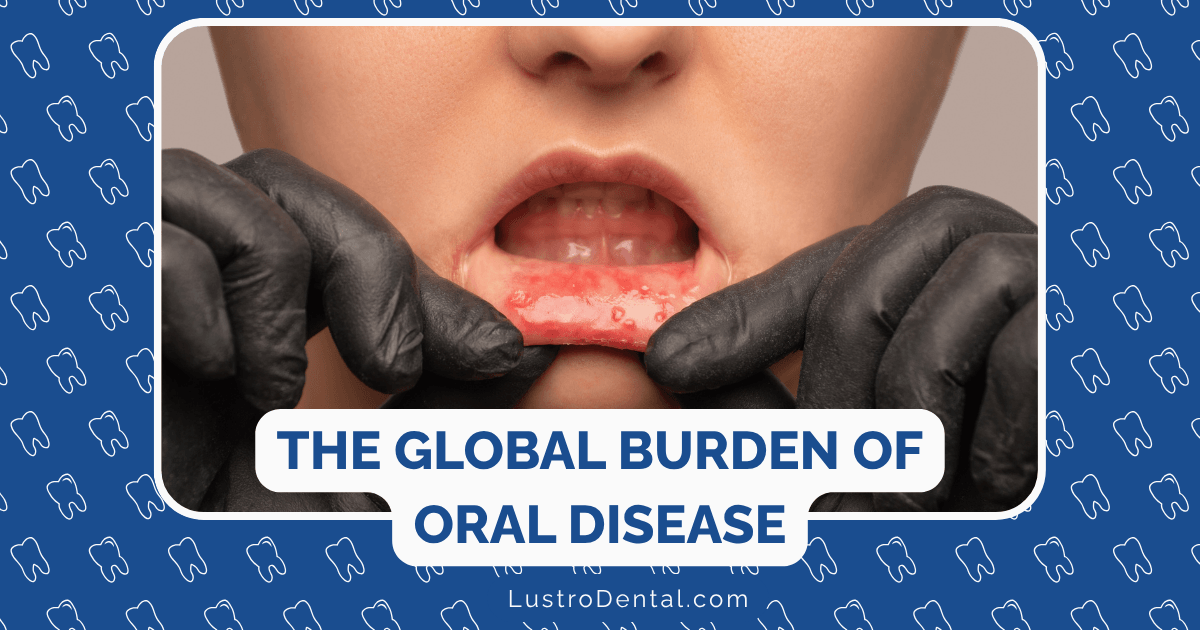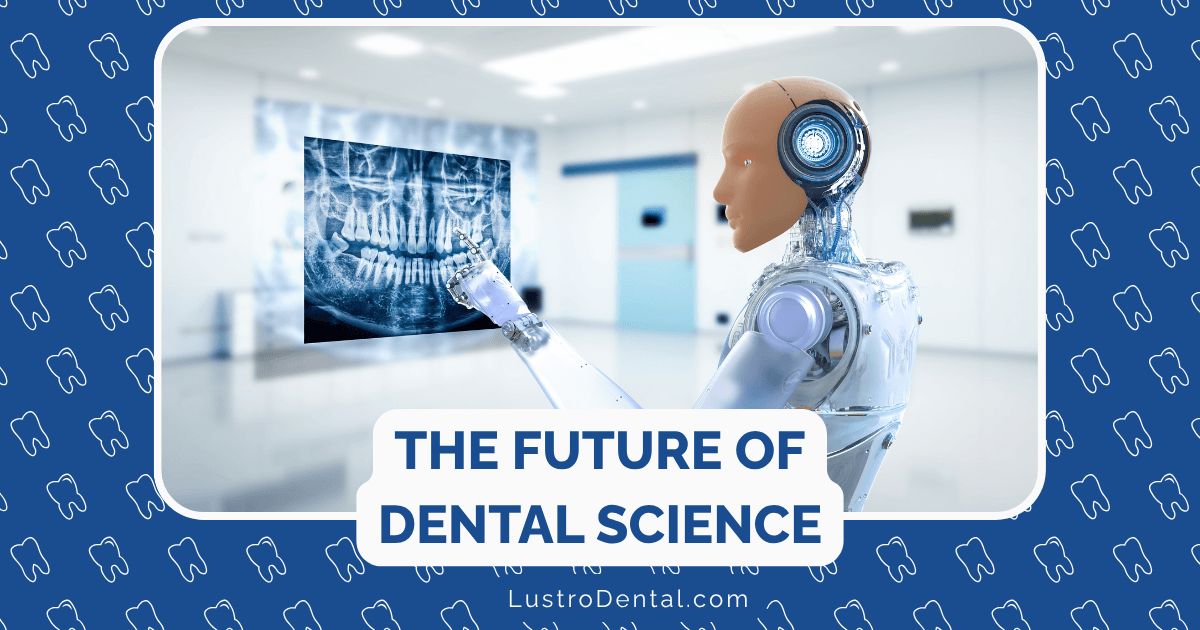Technological Milestones That Transformed Dentistry

From the crude tools of ancient barber-surgeons to today’s sophisticated digital systems, dentistry has undergone a remarkable technological evolution. These advancements have not only made dental procedures more effective but have also dramatically improved patient comfort and outcomes. Let’s explore the key technological milestones that have revolutionized the field of dentistry and continue to shape its future.
The Foundation: Early Innovations That Set the Stage
The Dental Drill: From Bow Drills to Electric Motors
The dental drill has perhaps the longest evolutionary history of any dental tool. Its journey includes:
- 5000 BCE: Evidence of bow drills used by the ancient Sumerians to treat tooth decay
- 1728: Pierre Fauchard describes foot-powered drills in “The Surgeon Dentist”
- 1871: James B. Morrison patents the first commercially manufactured foot-treadle dental engine
- 1875: George F. Green patents the first electric dental drill, operating at up to 800 RPM
- 1914: Electric dental engines become commonplace in dental offices
These early drills were slow and often painful for patients, but they laid the groundwork for one of dentistry’s most significant innovations.
Anesthesia: The Gift of Painless Dentistry
The development of anesthesia transformed dentistry from a dreaded experience to a manageable one:
- 1844: Horace Wells demonstrates nitrous oxide (laughing gas) for dental pain management
- 1846: William T.G. Morton conducts the first successful public demonstration of ether anesthesia
- 1884: Cocaine is introduced as the first local anesthetic for dentistry
- 1905: Procaine (Novocaine) is developed as a safer alternative to cocaine
- 1943: Lidocaine is synthesized, later becoming the most widely used local anesthetic
According to the American Dental Association, the development of effective anesthesia was arguably the most important factor in making modern dentistry possible, as it allowed for longer, more complex procedures while keeping patients comfortable.
The X-ray Revolution: Seeing the Unseen
Perhaps no single technology has had a greater impact on dental diagnostics than the X-ray. The ability to see inside teeth and jawbones transformed treatment planning and preventive care:
- 1895: Wilhelm Conrad Röntgen discovers X-rays
- 1896: Dr. Otto Walkhoff takes the first dental radiograph, requiring a 25-minute exposure time
- Early 1900s: C. Edmund Kells pioneers the practical application of X-rays in dentistry
- 1913: William D. Coolidge invents the hot cathode X-ray tube, making dental X-rays more practical
- 1923: First commercial dental X-ray machine is marketed
Early dental X-rays required long exposure times and delivered relatively high radiation doses. However, they provided unprecedented insight into dental conditions that were previously impossible to diagnose without extraction or invasive procedures.
Research from the National Center for Biotechnology Information indicates that by the 1950s, dental X-rays had become a standard diagnostic tool in dental practices worldwide, fundamentally changing how dentistry was practiced.
The High-Speed Era: Revolutionizing Dental Procedures
The introduction of the high-speed handpiece in the 1950s marked one of the most significant advancements in dental technology, dramatically reducing procedure times and patient discomfort:
- 1949: Dr. John Patrick Walsh develops the pneumatic high-speed air rotor drill
- 1957: Dr. John Borden introduces the Airotor, the first commercially successful high-speed handpiece in the US
- 1960s: High-speed handpieces capable of 300,000+ RPM become standard
This innovation reduced drilling time by 75% and virtually eliminated the burning smell, vibration, and much of the pain associated with dental procedures. Modern high-speed handpieces operate at up to 400,000 RPM—a far cry from the 800 RPM of early electric drills.
The Digital Revolution: Transforming Diagnosis and Treatment
Digital Radiography: Safer, Faster, Better
The shift from film-based to digital radiography in the 1980s and 1990s represented another quantum leap in dental diagnostics:
- 1987: The first digital radiography system, RadioVisioGraphy (RVG), is introduced
- 1990s: Digital radiography begins to gain widespread adoption
- 2000s: Digital sensors become more affordable and practical for general dental practices
The benefits of digital radiography include:
- 70-80% reduction in radiation exposure
- Immediate image availability (no chemical processing)
- Enhanced image manipulation for better diagnosis
- Easy storage and retrieval of patient records
- Environmental benefits from eliminating processing chemicals
Cone Beam Computed Tomography (CBCT): The 3D Revolution
While traditional X-rays provide two-dimensional images, CBCT technology introduced three-dimensional imaging to dentistry:
- Late 1990s: First CBCT systems designed specifically for dental use
- 2001: FDA approves the first CBCT unit for dental use in the United States
- 2010s: CBCT becomes increasingly common in dental practices
CBCT provides detailed 3D images of teeth, soft tissues, nerve pathways, and bone in a single scan. This technology has been particularly transformative for:
- Implant planning and placement
- Orthodontic assessment and treatment planning
- Endodontic diagnosis and treatment
- Oral surgery planning
- Airway analysis
According to Journal of Digital Imaging, CBCT technology has fundamentally changed treatment planning for complex cases by providing a level of detail previously unavailable in dental imaging.
CAD/CAM Technology: Same-Day Dentistry Becomes Reality
Computer-Aided Design and Computer-Aided Manufacturing (CAD/CAM) technology has revolutionized restorative dentistry by enabling the creation of dental restorations in a single appointment:
- 1973: Dr. François Duret presents the concept of CAD/CAM in dentistry
- 1985: The first CAD/CAM restoration is placed in a patient
- 1987: CEREC system is introduced, allowing for chairside fabrication of ceramic restorations
- 2000s: CAD/CAM systems become more user-friendly and widespread
- 2010s: Integration with digital scanning technology further streamlines the process
Modern CAD/CAM systems allow dentists to:
- Take digital impressions, eliminating the need for uncomfortable traditional impressions
- Design restorations on a computer screen with the patient present
- Mill or 3D print the restoration in-office
- Place permanent restorations in a single appointment
This technology has not only improved the patient experience but has also enhanced the precision and durability of dental restorations.
Laser Dentistry: Minimally Invasive Treatment
Dental lasers have introduced less invasive alternatives for many traditional dental procedures:
- 1989: The first laser specifically designed for dental use receives FDA clearance
- 1990s: Various laser wavelengths are developed for different dental applications
- 2000s: Laser technology becomes more versatile and accessible for general dentistry
Today’s dental lasers are used for:
- Soft tissue procedures (gum reshaping, frenectomies)
- Cavity preparation with minimal discomfort
- Periodontal treatment
- Teeth whitening acceleration
- Lesion removal and biopsy
The primary benefits of laser dentistry include reduced bleeding, faster healing, and often the ability to perform procedures with less or no anesthesia.
3D Printing: Customization and Efficiency
While 3D printing technology has existed since the 1980s, its application in dentistry has accelerated dramatically in the past decade:
- Early 2000s: 3D printing begins to be used in dental laboratories
- 2010s: Desktop 3D printers become affordable enough for in-office use
- 2020s: Advanced materials and faster printing speeds make 3D printing increasingly practical
Dental applications of 3D printing now include:
- Surgical guides for implant placement
- Custom orthodontic aligners and retainers
- Crowns, bridges, and dentures
- Models for treatment planning
- Temporary restorations
According to the Journal of Prosthodontics, 3D printing is rapidly transforming dental production workflows, offering unprecedented customization while reducing laboratory time and costs.
Artificial Intelligence: The Next Frontier
The integration of artificial intelligence (AI) into dentistry represents the cutting edge of dental technology:
- 2010s: Early AI applications begin to appear in dental imaging analysis
- 2019: FDA approves the first AI-powered dental diagnostic system
- 2020s: AI applications expand to treatment planning, practice management, and predictive analytics
Current and emerging applications of AI in dentistry include:
- Automated analysis of radiographs to detect caries, bone loss, and pathology
- Treatment outcome prediction for orthodontics and other specialties
- Virtual treatment planning and simulation
- Patient risk assessment for various oral diseases
- Streamlined practice management and scheduling
Research published in the Journal of Dental Research suggests that AI has the potential to enhance diagnostic accuracy, improve treatment outcomes, and increase access to care through more efficient use of resources.
Teledentistry: Expanding Access to Care
While not a physical technology, teledentistry platforms represent an important technological milestone that has expanded access to dental care:
- 1990s: Early concepts of teledentistry emerge
- 2015: American Dental Association develops the first teledentistry policies
- 2020: COVID-19 pandemic accelerates teledentistry adoption worldwide
Modern teledentistry enables:
- Remote consultations and triage
- Monitoring of ongoing treatments
- Specialist consultations for patients in rural areas
- Follow-up care without in-person visits
- Improved access for underserved populations
The Future: Emerging Technologies on the Horizon
Several promising technologies are poised to become the next major milestones in dentistry:
Regenerative Dentistry
Advances in stem cell research and bioactive materials are opening possibilities for:
- Regrowing damaged dental tissues
- Bioengineered tooth replacement
- Pulp regeneration instead of root canal therapy
- Enhanced bone and tissue healing
Nanotechnology
Applications of nanotechnology in dentistry include:
- Nanoparticle-enhanced restorative materials with improved strength and aesthetics
- Targeted drug delivery systems for localized treatment of oral diseases
- Antimicrobial nanocoatings for implants and restorations
- Nanoscale sensors for monitoring oral health
Augmented and Virtual Reality
AR and VR technologies are finding applications in:
- Dental education and training
- Patient education and treatment visualization
- Surgical planning and guidance
- Anxiety reduction during dental procedures
The Impact: How Technology Has Transformed the Dental Experience
These technological milestones have collectively transformed dentistry in several fundamental ways:
For Patients:
- Reduced Pain and Anxiety: From anesthesia to minimally invasive techniques
- Shorter Treatment Times: Procedures that once required multiple visits can now be completed in a single appointment
- Improved Outcomes: Greater precision leads to longer-lasting results
- Earlier Intervention: Advanced diagnostics enable treatment at earlier, more manageable stages
- Enhanced Communication: Visual technologies improve patient understanding and involvement in treatment decisions
For Practitioners:
- Expanded Capabilities: Procedures that were once impossible are now routine
- Improved Accuracy: Digital precision enhances the quality of care
- Better Ergonomics: Modern equipment reduces physical strain
- Enhanced Collaboration: Digital records facilitate communication between specialists
- Continued Learning: New technologies drive ongoing professional development
Conclusion: A Continuous Evolution
The technological evolution of dentistry represents one of healthcare’s most remarkable success stories. From the crude tools of the past to today’s sophisticated digital systems, each milestone has built upon previous innovations to create a field that continues to advance at an accelerating pace.
As noted by the American Dental Association, the profession’s willingness to embrace new technologies has been key to improving oral health outcomes worldwide. While the tools and techniques have changed dramatically, the fundamental mission remains the same: to provide the best possible care for patients.
The next time you sit in a dental chair, take a moment to appreciate the centuries of innovation that have made modern dental care so much more effective, comfortable, and accessible than at any previous point in human history.
What dental technology advancement has made the biggest difference in your dental experience? Share your thoughts in the comments below!


